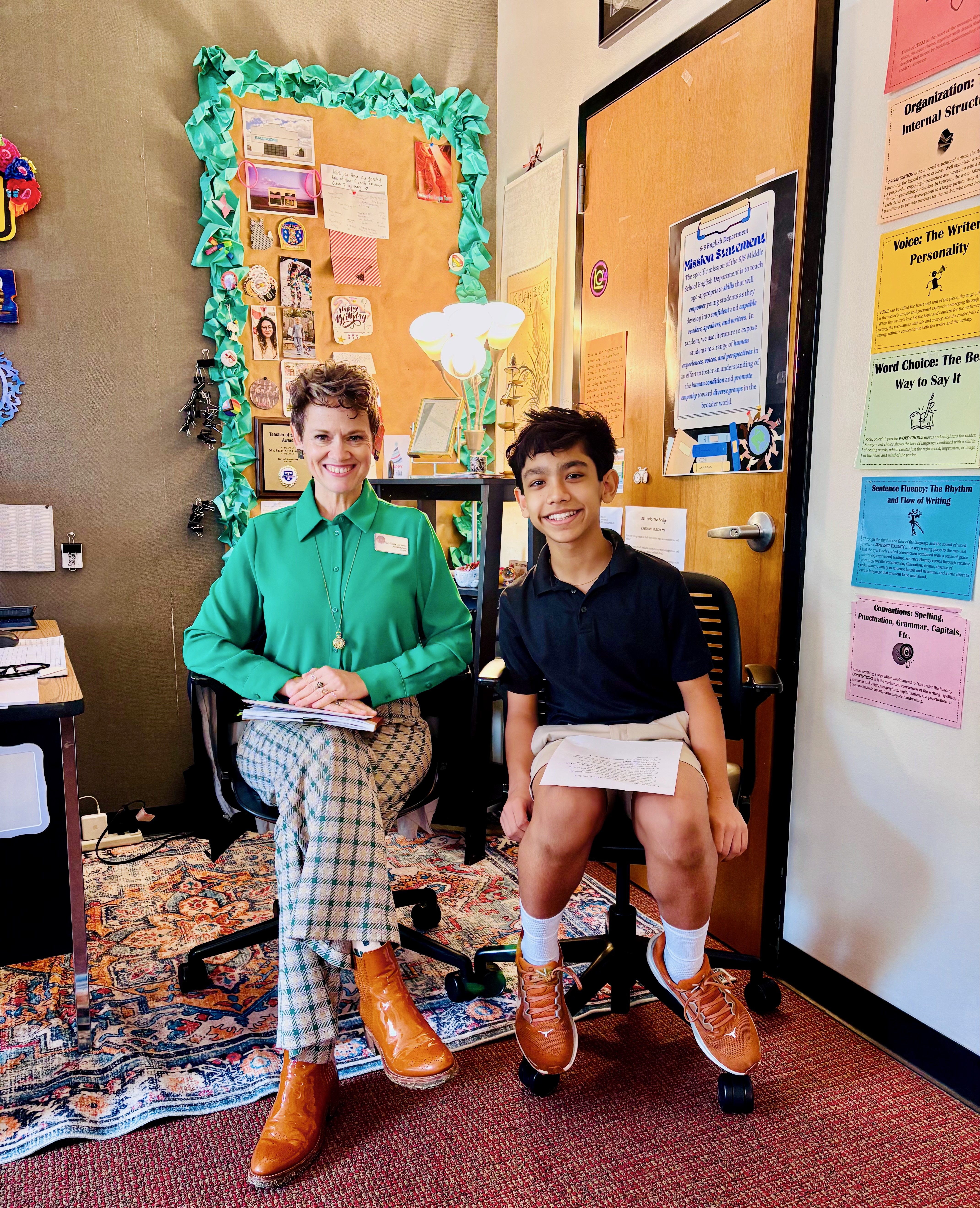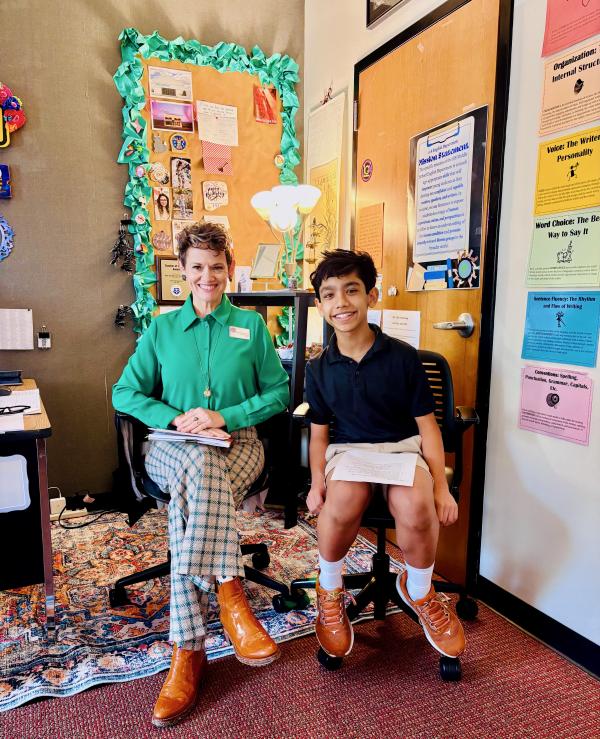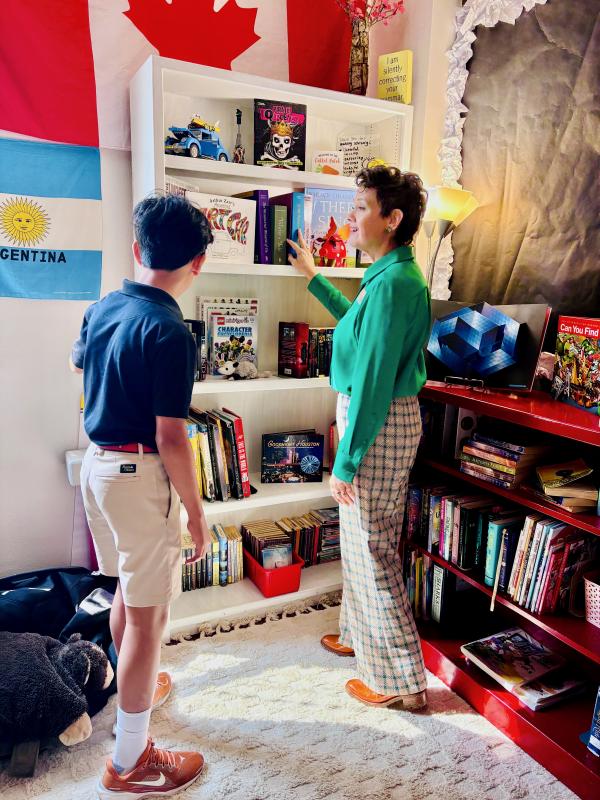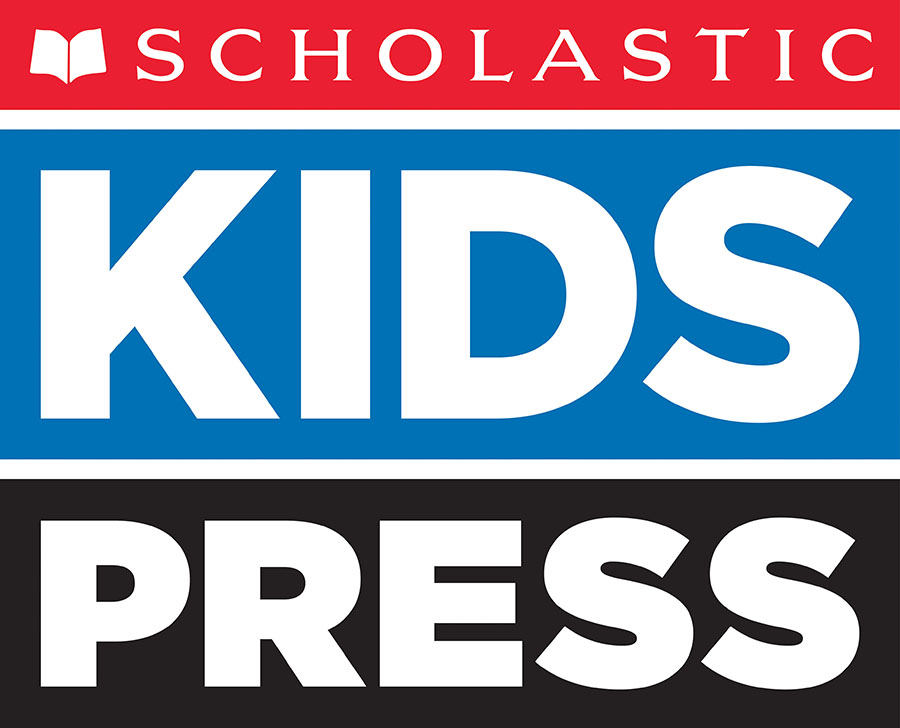KID REPORTERS’ NOTEBOOK
The Book Talk: A Connection Between Literature and Conversation


Kush interviewed Ms. Caraway on how Book Talks strengthen students’ bonds and influence new reading choices (photo credit: Hannah Parker)
Delicious aromas of cookies and hot chocolate fill the room, accompanied by the melodious sounds of cozy music wafting in the background. The students’ bubbling excitement is palpable and apparent in each of their smiles. One powerful phenomenon strengthens the students’ connections, creating an intentional and robust bond — literature.
This year at St. John’s School, my 7th-grade English teacher, Ms. Stephanie Caraway, gave an assignment like no other. She instructed us to prepare a Book Talk, which included an oral presentation about our favorite summer reading novel. Ms. Caraway hosted the Book Talk in a cafe-style environment within our classrooms. We enjoyed delectable baked treats while listening to our peers describe their impactful stories.
I spoke with Ms. Caraway about why she creates and assigns a Book Talk at the beginning of each school year. She discussed how it helps her establish relationships with students and spark a joy for reading.
“I think there’s excitement around peers talking about books. There can be a connection to people you never thought you would have one with. It also takes the test out of reading — it’s a conversation, not an [exam],” she said.
Inspiring Future Readers and a Lifelong Passion for Literature
I also spoke with my classmates about their experience participating in Ms. Caraway’s Book Talk. Claire Haas, 13, created a toilet prop resembling part of her book as an entertaining addition to her presentation. She described how the Book Talk influenced her new reading choices.
“I loved [the] Book Talk because it was very interactive and informative. It helped me find new novels to read,” she said.
Charlie Skalak, 13, an avid reader, discovered new books through his classmates' presentations, which he will soon read and enjoy. “My favorite part of the Book Talk was hearing everyone’s responses. I could remember what books sounded [interesting], and look forward to reading them later!”
Ms. Caraway provided us with feedback sheets to write about our peers’ presentations and explain why we enjoyed them. We noted how the presenter piqued our interest and which aspect of their novel we connected with. The presentations not only demonstrated our passion for a book, but also helped bring our class together.
Ari Staller, 12, spoke about The Wonder of Us by Kim Culbertson in her presentation. Although she liked giving her talk, her favorite aspect of the morning was listening to everyone else’s perspectives on their summer reads.
“Being able to experience the books through other people's eyes was really interesting,” she said. “The presentations motivate me to read because I [see] the books from other people's points of view and their preferences.”

Ms. Caraway showing Kush her classroom library (photo credit: Hannah Parker)
The Long-lasting Impact of a Book
The Scholastic Kids & Family Reading Report indicates that 41% of adolescents aged 12-17 read for fun less than one day a week, and this number increases as kids get older. Ms. Caraway emphasized the profound significance of literature and its ability to help students navigate hardships and foster empathy.
“Books offer mirrors, where we can see ourselves in them, and windows, where we can step inside the life of someone else. Reading gives students a safe place to wrestle with big questions before they face them in [real] life,” she said.
Through the Book Talks, students gained insight into themselves through the perspectives of various characters. Different novels conveyed lessons of unwavering perseverance, striving for equality, or discovering the beauty in one another’s differences. On the surface, the Book Talk seemed like an ordinary assignment, yet it was a testament to the persisting power of a good story.
